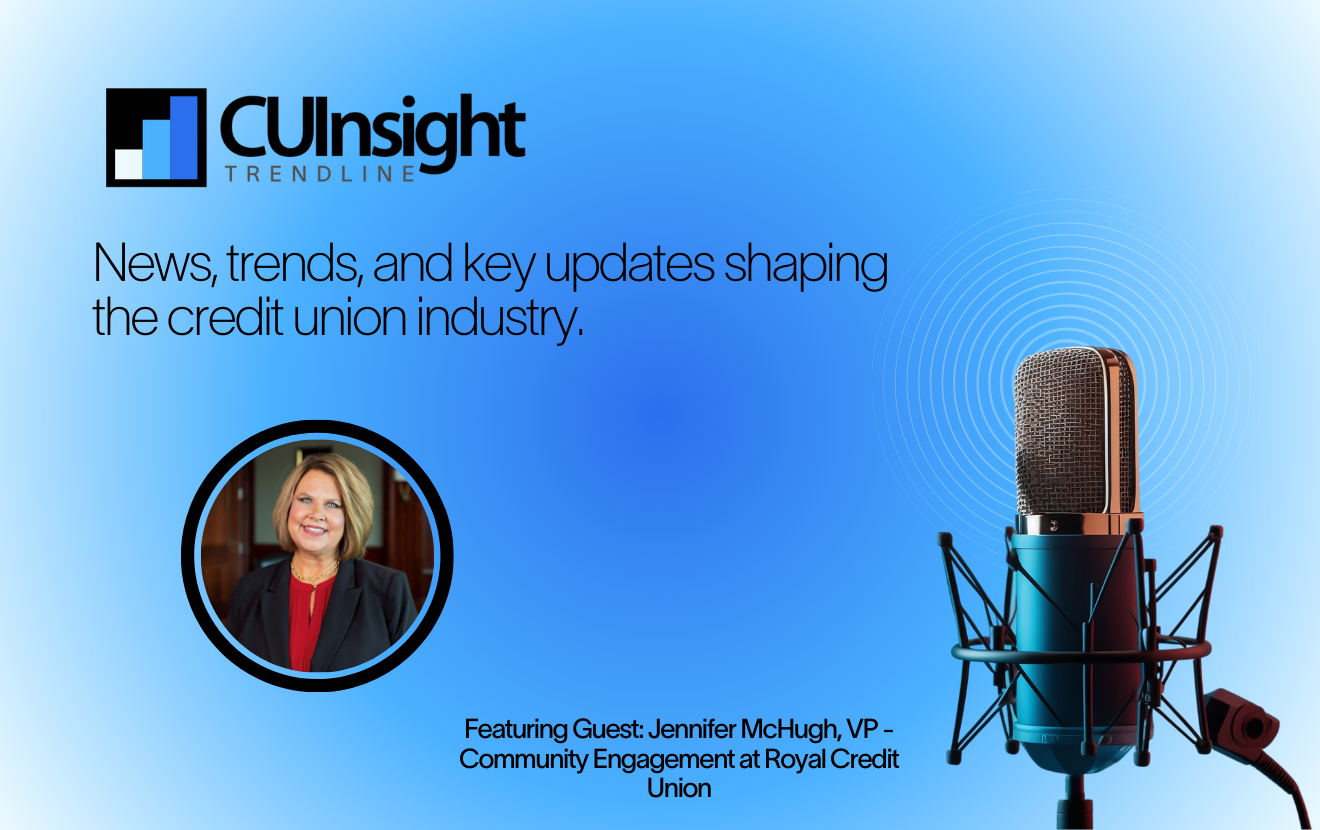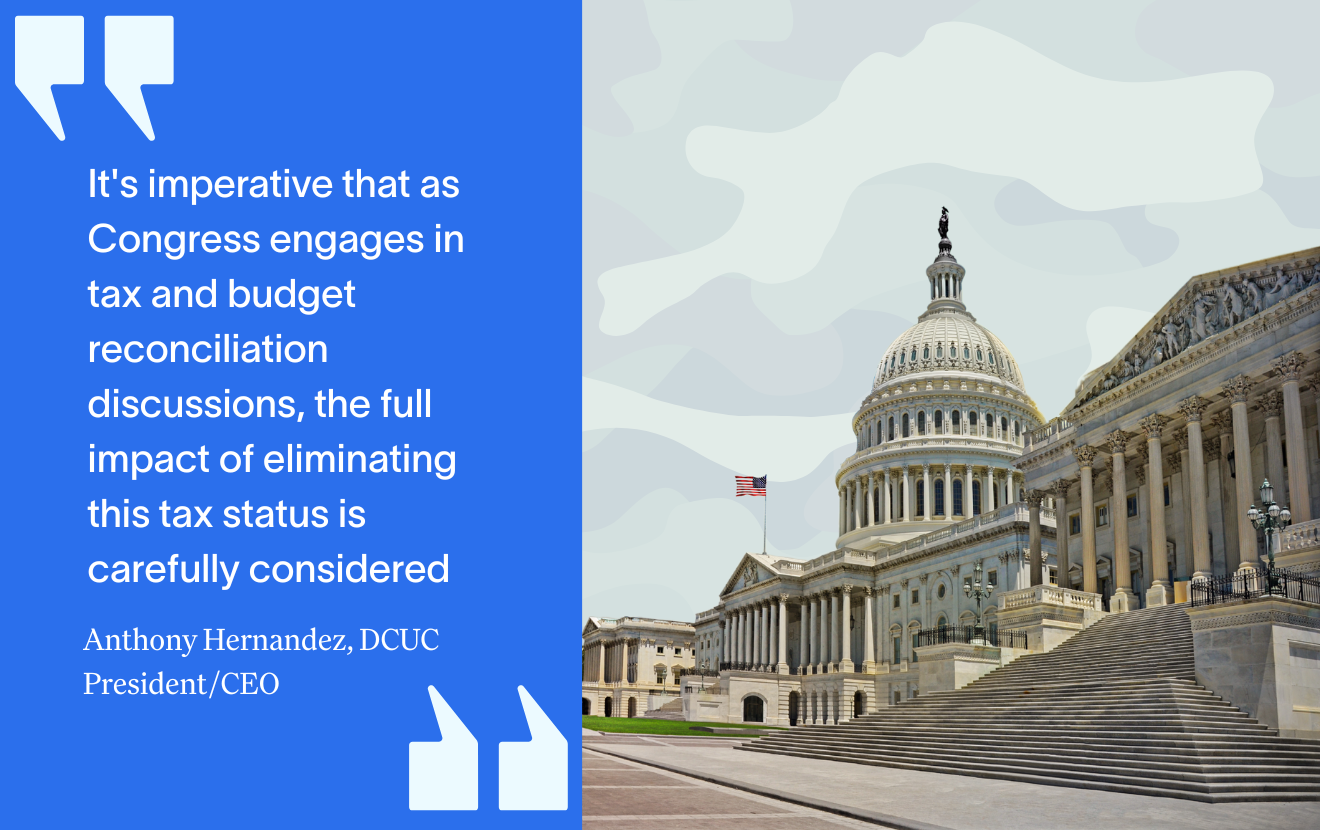As long as credit unions are in the lending business, they will inevitably be in the collections business. Whether auto loans, mortgage loans, personal loans, business loans, credit cards, or all of the above, there will always be some degree of collections required on the part of the lender. Naturally, the goal of any lender is to keep delinquencies and deficiency balances low, while keeping your collection staff as productive and efficient as possible. However, the evolving nature of the collection industry makes this more challenging than ever. I don’t even have to delve into the compliance laws and regulations that lenders have to keep on their radar because I know that just the mention of ‘TCPA,’ ‘UDAAP,’ and ‘CFPB’ sends a collective chill down the backs of credit union executives and risk management staff.
Now, on top of remaining compliant in a “we’ll know it when we see it” environment, lenders have to adapt to shifting consumer debt repayment priorities. The “old” debt payment priority list looked a little something like this:
- Mortgage
- Auto loan
- Credit cards
The “new” debt payment priority list looks more like this:
- Credit cards
- Auto loan
- Mortgage
What’s interesting is that consumer debt is in fact down. According to the Federal Reserve Bank of New York, outstanding household debt has decreased by $1.3 trillion. However, the number of consumers with access to lines of credit has increased substantially—by about six million from Q3 2014-Q3 2015, according to Transunion. More access to credit inevitably means more credit card debt. The average American household has $15,762 in credit card debt, yet credit cards continue to be a source of steady cash flow for consumers. Because consumers are relying on plastic for month-to-month expenses, those monthly payments get prioritized above mortgages, and sometimes even auto loans. This poses a challenge for lenders and collections departments because since auto and mortgage loans are at the bottom ring of the debt payment-totem pole, early stage contact with delinquent borrowers is critical. You have to be the first collection call your borrowers receive so that you can be first in line to receive a payment—before American Express® or Capital One.®
The High Cost of Right Party Contact Rates
In order to be first in line with your delinquent borrowers, efficient early stage right party contact rates are essential. In our experience with our collections clients, 15- to 45-day delinquent accounts present the most challenges for in-house collection operations. As you would assume, most members are not home during typical business hours, so in-house collectors are often unable to make contact with the delinquent borrowers on their call lists. In order to increase contact rates, credit unions are forced to flex their employees’ schedules to include evenings and weekends—forcing them to pay these employees overtime. Shockingly, for some of our clients who previously handled collections solely in-house, it would cost more than $1.50 to collect a single dollar.
An Unpredictable Economy
Although the economy has improved in the last decade or so, and credit union delinquencies decreased by 0.02% from January 2015 to January 2016, according to Callahan, the fact of the matter is, economic stability is not guaranteed, and just as quickly as deficiency balances improved, they could topple. Likewise, consumer payment behavior could shift any manner of ways, so lenders must take proactive steps to ensure their collection operation is compliant, streamlined, and in tip-top shape. The first step is to conduct a thorough internal audit of your current operation to get a detailed understanding of your process and identify areas for improvement. Once you fully understand the shortcomings (and successes) of your day-to-day operation, you’ll be able to put a realistic plan in place to make improvements that will put you in a position to adjust to your borrowers repayment behavior.
I’ll be co-hosting a live webinar on April 28, where we will delve into specific and actionable ways that lenders can implement and utilize technology to streamline their collections process and positively impact their bottom line. I hope you’ll join us! Click hereto register.









